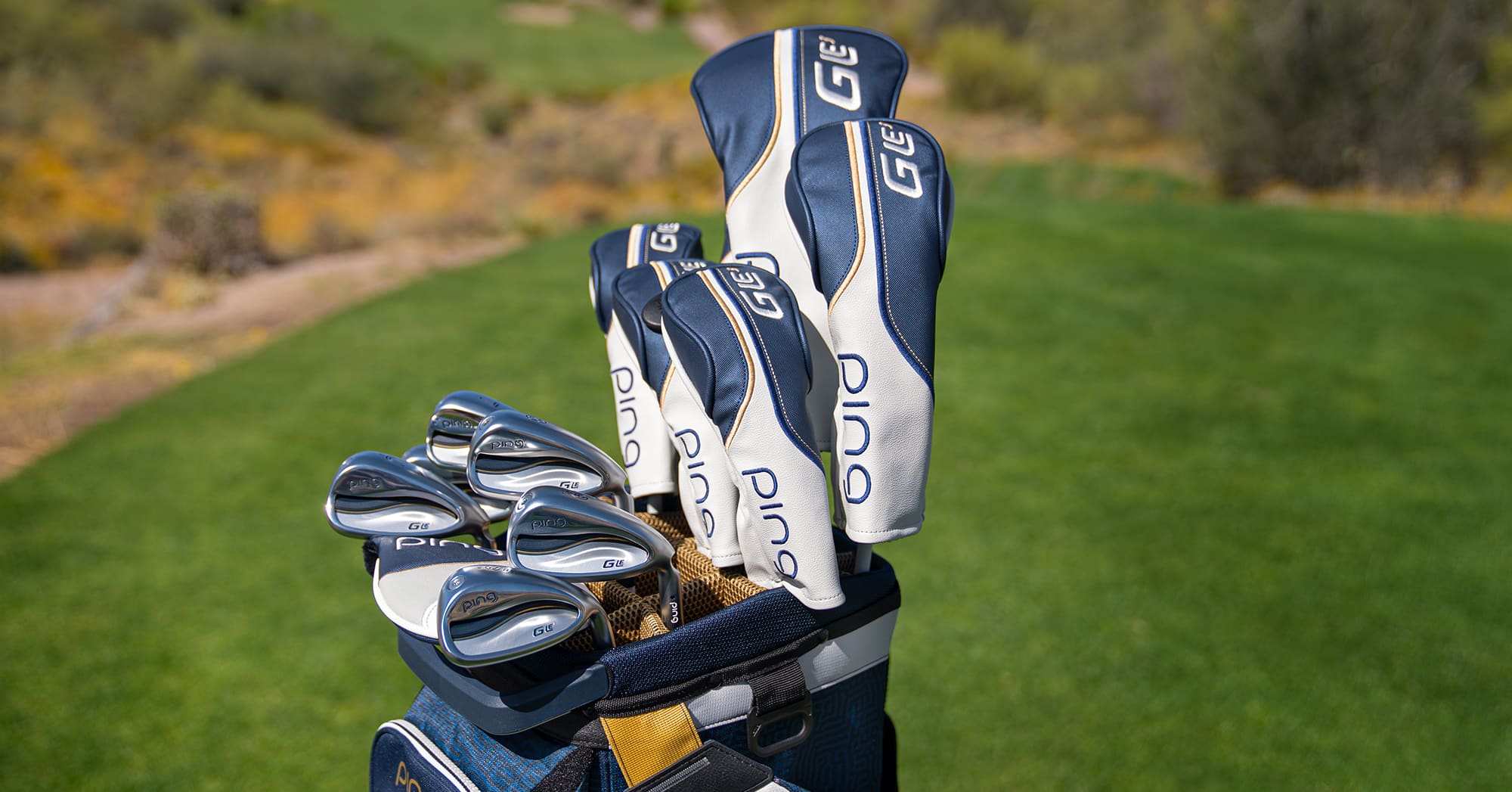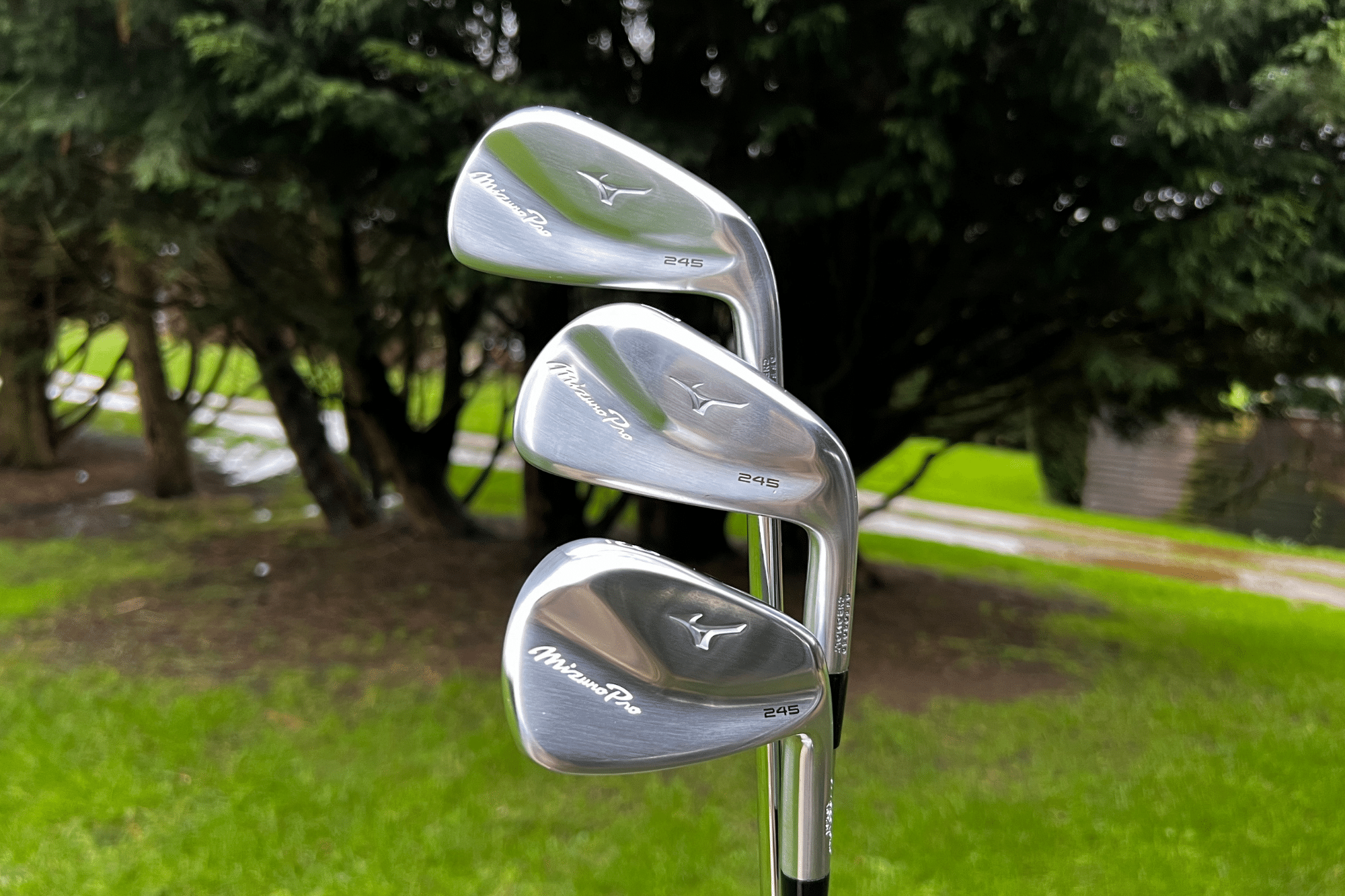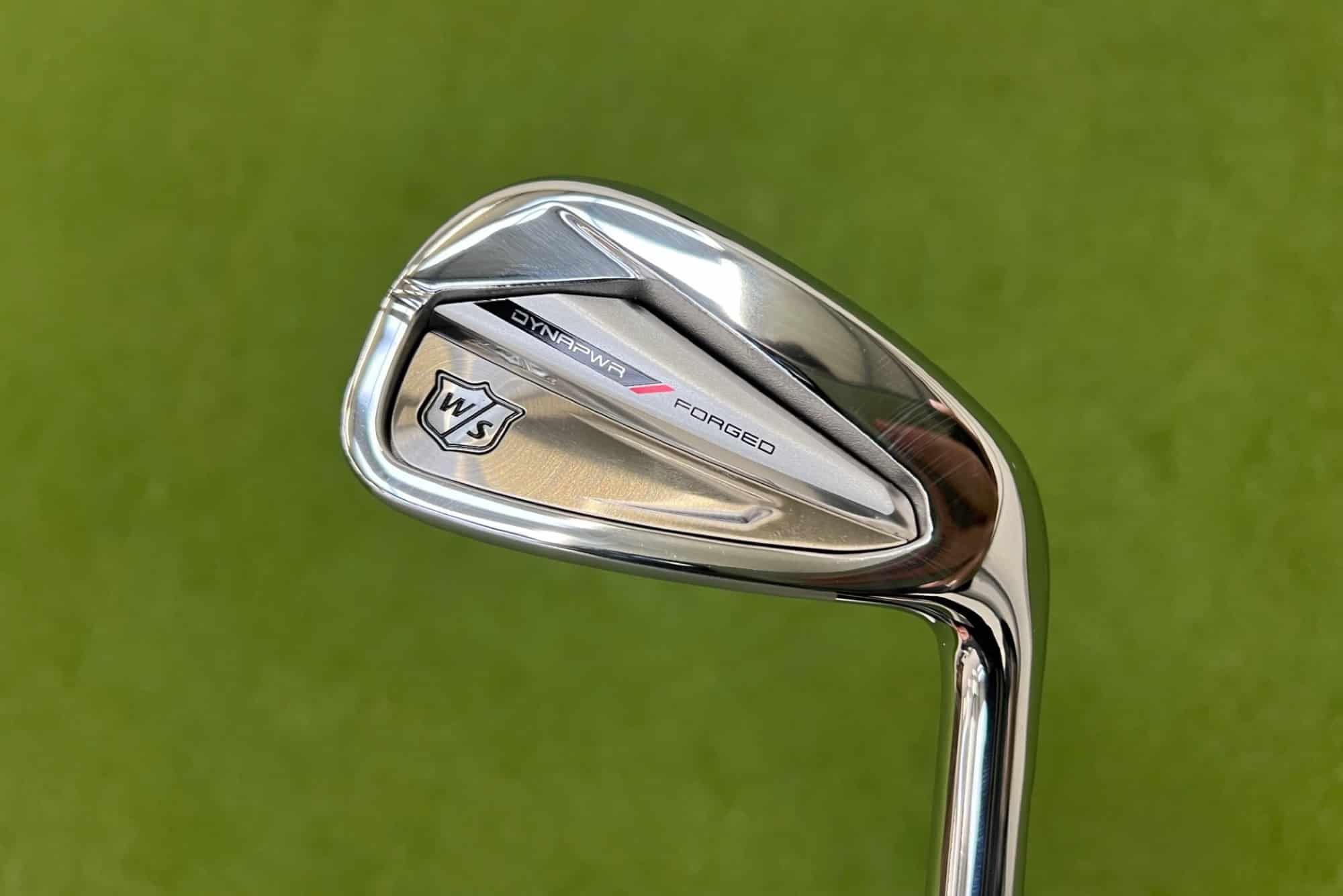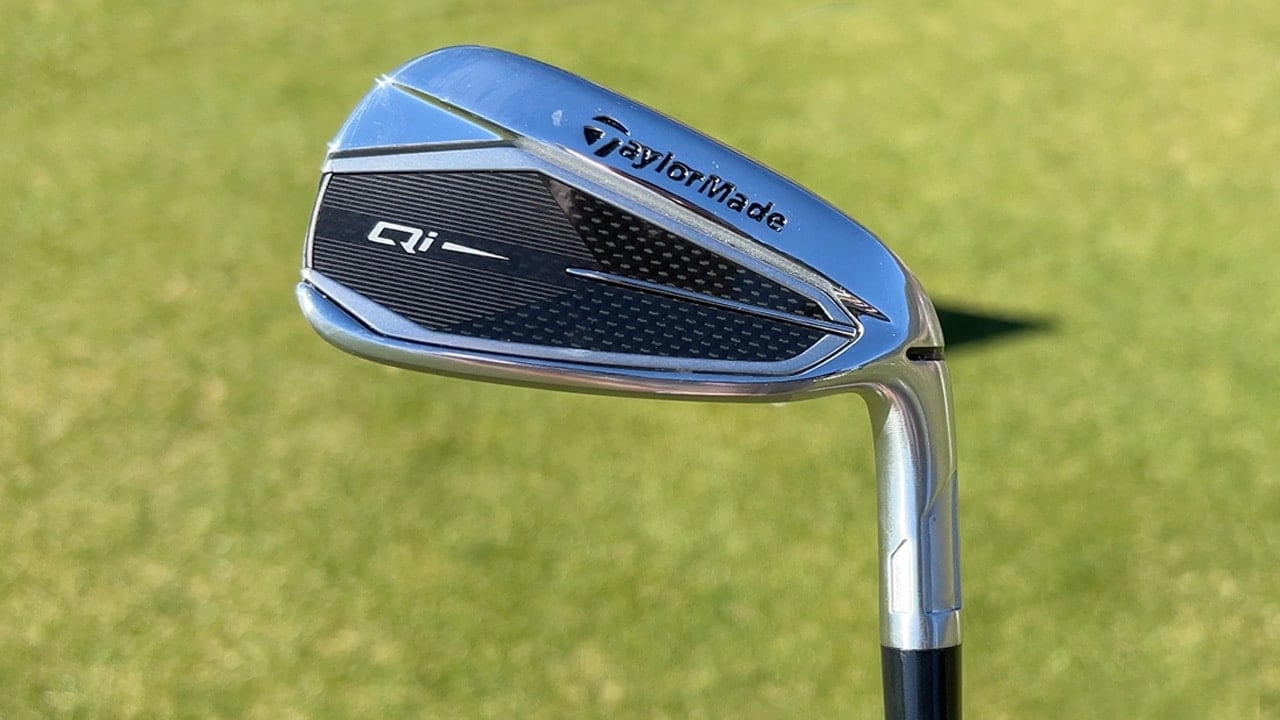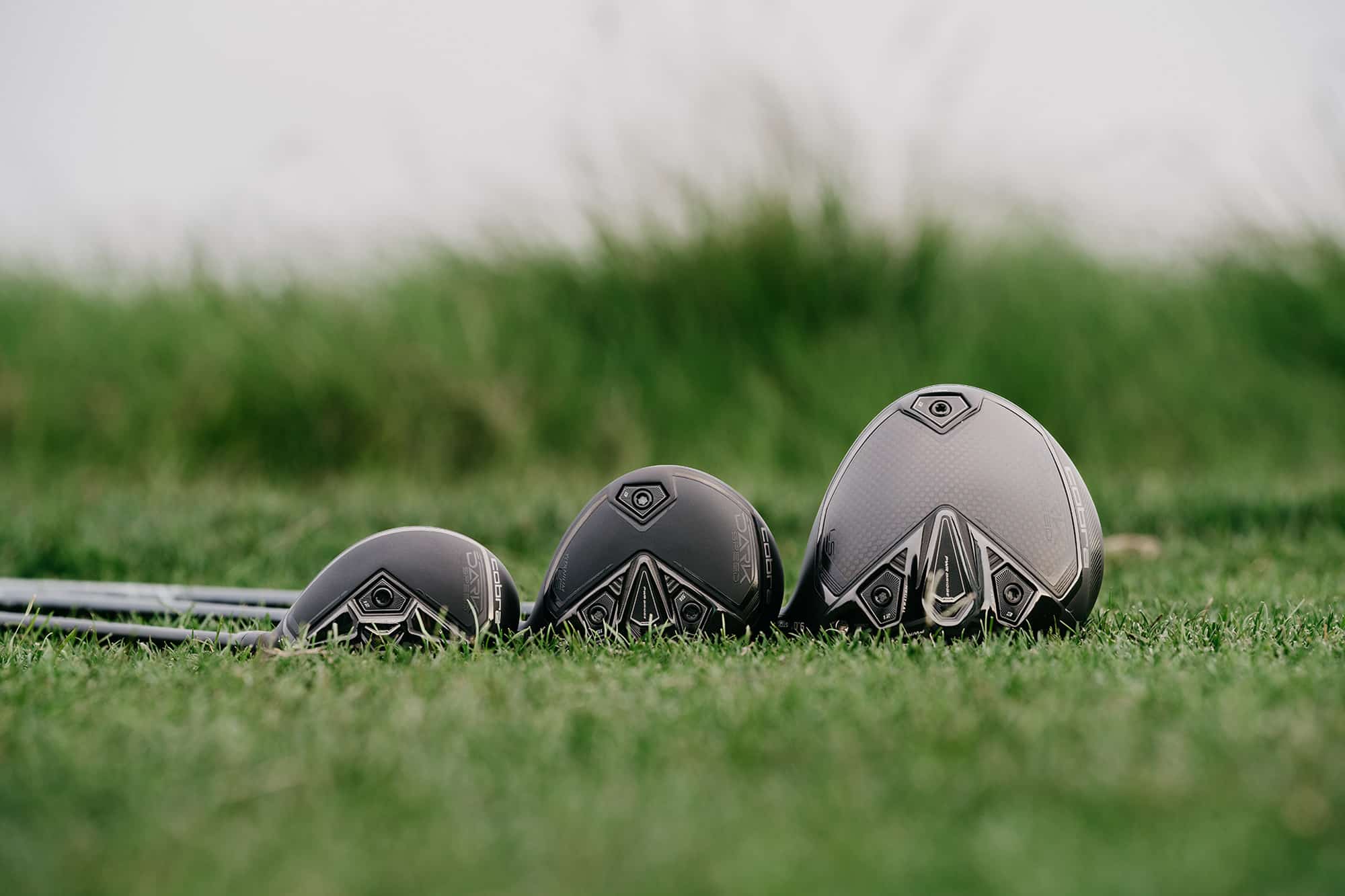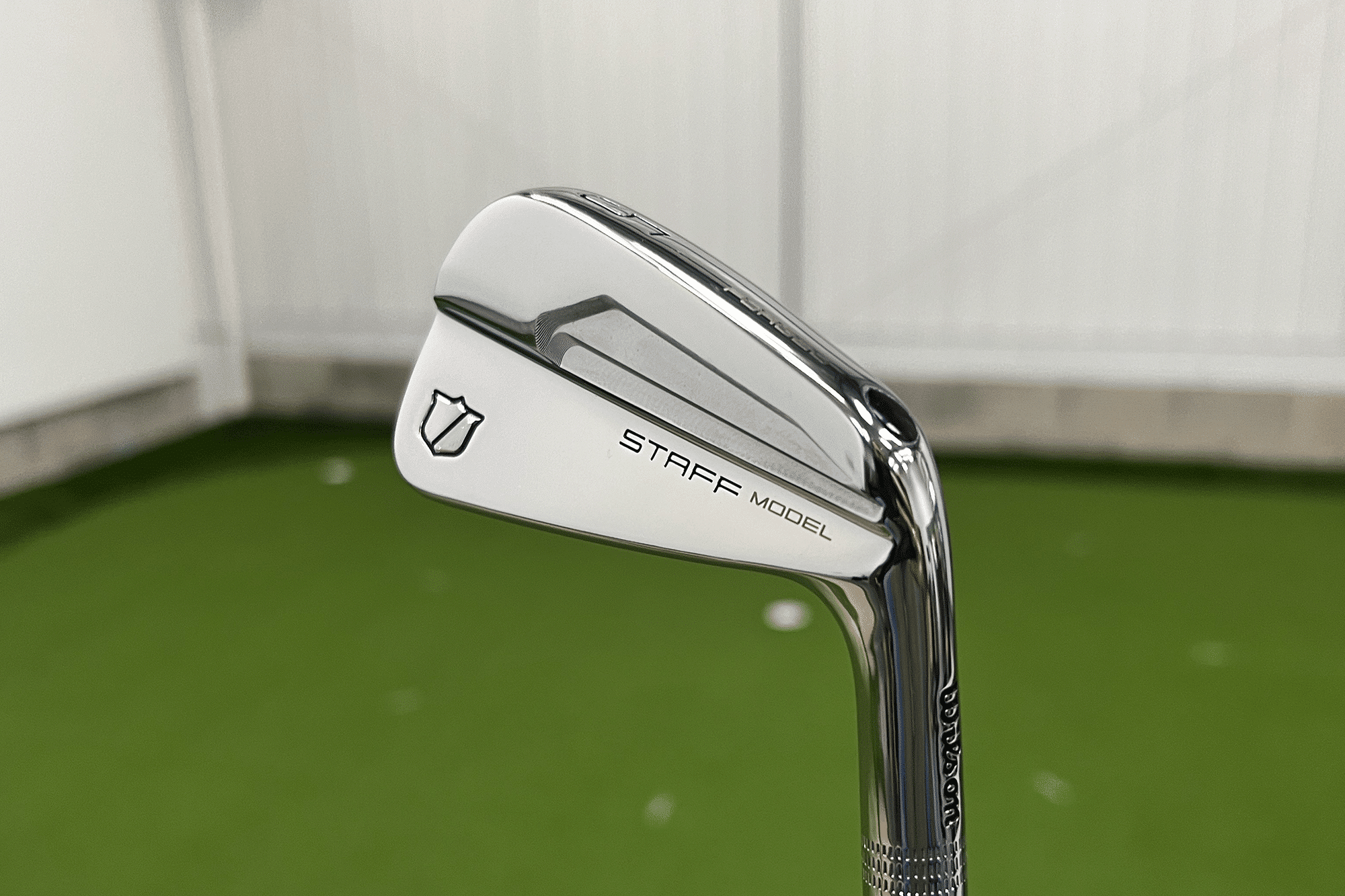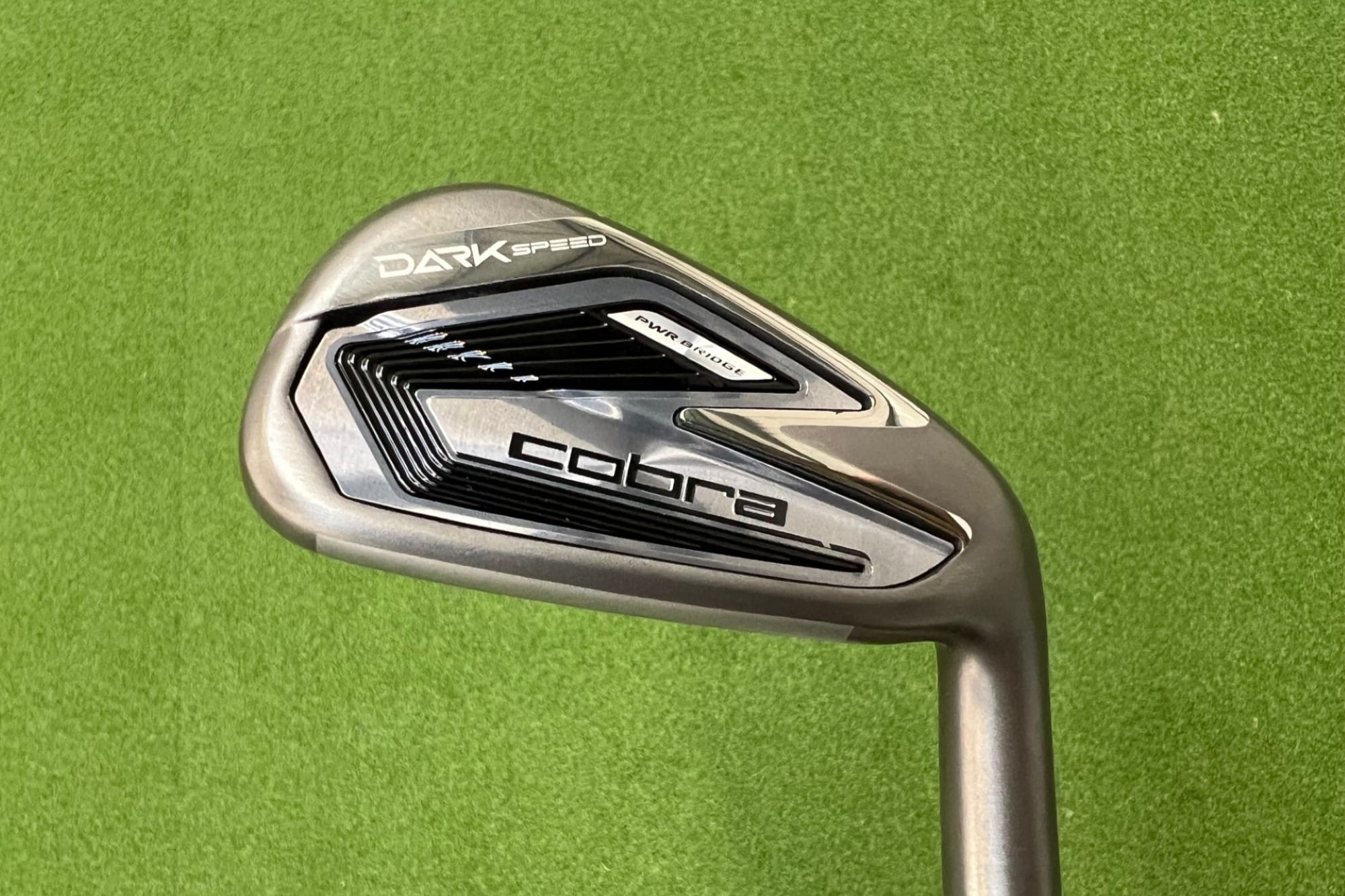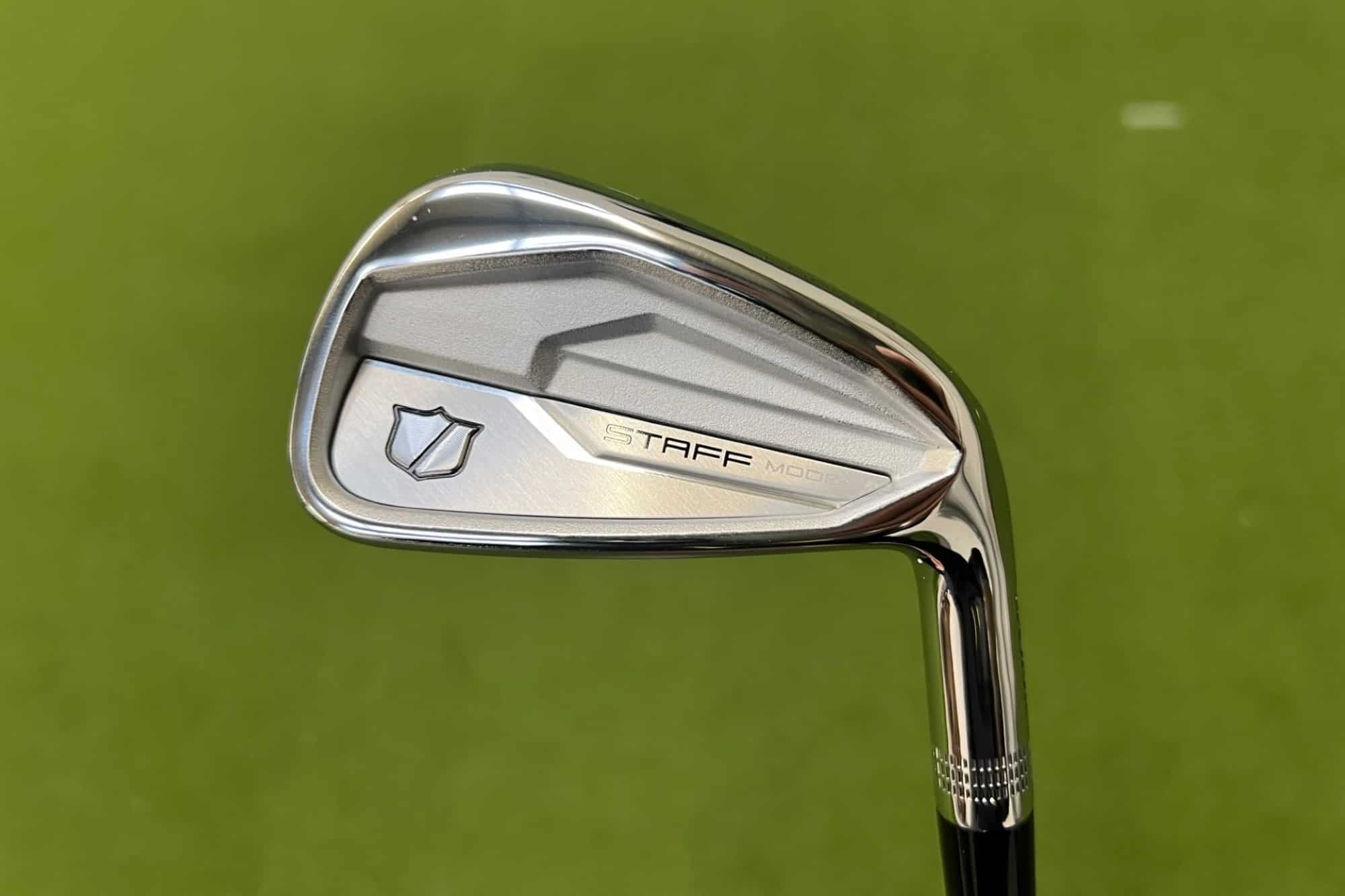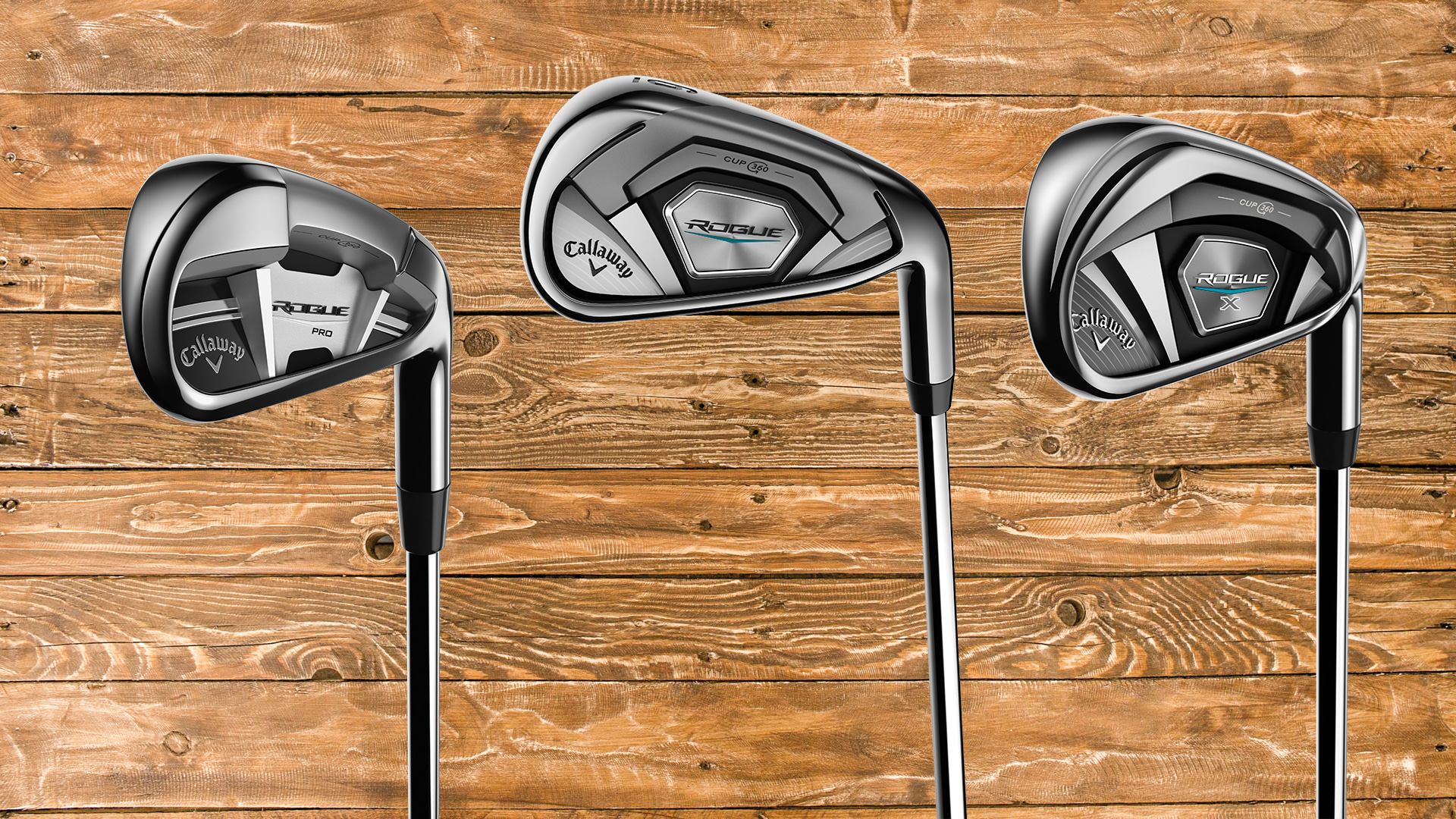
Review: Callaway Rogue irons
Our Callaway Rogue irons review took place at Hillsborough Golf Club and the range at Pete Cowen Golf Academy in Rotherham.
This was very much a first hit of the Callaway Rogue irons with more in-depth testing and comparisons on the way soon.
Callaway Rogue irons review – First impressions
It’s nothing new to have a regular and a ‘pro’ model with Callaway irons but the brand have taken things a couple of steps further with the Rogue.
We also have a Rogue W, designed for slower swingers, and a Rogue X with cranked lofts for the player after maximum distance.
So Callaway really have tried to cover all sections of the market with the Rogue irons.
These irons come hot on the heels of the Rogue drivers and fairway woods which were launched two days.
This is a bit of a change from the Epic range as the irons didn’t arrive until about six months after the woods.
There’s the same colour scheme with the Callaway Rogue irons as the woods which is a subtle splash of ‘teal’.
[skylab_video id=”135882″]Callaway Rogue Irons review YT[/skylab_video]
Let’s just say that they should have a unisex appeal.
As you’d expect the regular Rogue iron is quite chunky with plenty of offset and the ‘pro’ version is more compact.
The Rogue X is like the regular model but with stronger lofts (27˚ on the 7-iron) and the Rogue X has a wider sole to help people get it in the air easily.
Callaway Rogue irons review – The technology
A lot of the technology in the Callaway Rogue irons is what we have seen in previous models such as the Epic and Steelhead XR irons.
Callaway say that the regular Rogue irons – the mass market product – are ‘long, accurate, easy to hit, versatile, great sound and feel with substantial sized head with medium topline, medium sole-width and progressive offset. Suited for average players seeking balanced performance’.
So how has this all been achieved?
More ball speed comes from the 360 Face Cup which gives the iron more of a wood-like performance.
And there’s a tungsten-infused internal standing wave to get the centre of gravity in exactly the right place for optimal launch.
But the key new technology really helps to improve the sound and feel. Hollow irons can often sound and feel a little bit well, hollow? We don’t get that nice solid feel we get from a forged club.
So the Callaway Rogue irons feature something called urethane microspheres behind the face which dampen vibrations without sacrificing ball speed.
Callaway Rogue irons Q&A with head of R&D Dr Alan Hocknell
Q: What are urethane microspheres?
A: “Thin, fast, high-COR (bounciness, trampoline effect) iron faces promote fast ball speed, yet they are subject to a significant amount of vibration at impact, resulting in a harsh, ‘clicky’ sound and feel.
“Inserting a layer of soft material in the head has proven effective at absorbing vibration to improve feel, but with the unwanted side effect of slowing the face.
“We solved this problem with a new urethane material infused with thousands of tiny air pockets called microspheres, which create porosity – I’ve nicknamed it the ‘Swiss cheese effect’!
“At impact, the microspheres change shape and flatten to create room for the urethane to flex to prevent slowing the face; meanwhile the urethane does its job of dampening the unwanted vibration that leads to poor sound and feel.”
Q: How does internal standing wave technology work?
A: The internal standing wave in each iron head consists of a specially shaped piece of MIM’ed tungsten. MIM’ed stands for Metal-Injected Moulding, an injecting- moulding process that uses finely powdered heavy metal to create intricately shaped parts with tremendous precision.
“This allows us to position a large amount of weight in a small space and precisely position the CG location differently in each individual Rogue Iron.
“Extremely low in the long-irons to promote easier launch and high, long flight; and progressively higher as loft increases to promote a lower flight in the short-irons for added control.
“And a balance of easy launch and control in the middle-irons.”
Callaway Rogue irons review – The results
We tested out the regular Callaway Rogue iron and the pro version on our SkyTrak launch monitor but did hit the other two irons at the brand’s launch event.
The regular Rogue irons have fairly wide-ranging appeal but will be a bit too chunky for those who crave a certain look at address.
But when you start hitting them there’s a sound and feel which all players can enjoy and appreciate.
It’s very rare for a distance iron of this type to sound and feel so good. I’d go as far as to say they feel just as good, if not better, than the super-premium Epic irons.
And the numbers of the regular Rogue irons were really good for me as you can see from the below numbers.
These are as good as any other 7-iron numbers I have managed over the past few launches.
The dispersion left to right and front to back is pretty good for me and the ball speed is very solid.
The spin is too low but that just seems to be the norm for this type of iron these days and you just have to adjust to the fact they may run out 10-15 yards.
With the Rogue Pro irons I struggled to get the same distance as I felt the drop off in carry was much more noticeable when you didn’t hit it right out of the middle.
Callaway Rogue irons review – NCG verdict
These irons really do deliver on what they promise.
Long, accurate, forgiving easy to use but with a fantastic sound and feel. I don’t think you’ll get many irons that tick all of those boxes.
There are plenty of options with the four models so it may take a while to find the right Rogue iron for you but they get a massive thumbs up from us.
We don’t expect tour players to use these but they pretty much cover the entire handicap golfer market.
Callaway Rogue irons details
SRP: £849/£1,049 (Steel/graphite)
More information can be found on the Callaway website.

Who is the biggest underachiever in golf?

Slow play and what actually happens on the European Tour
James Savage
Former equipment editor of NCG. Inconsistent ball-striker and tea-maker.








